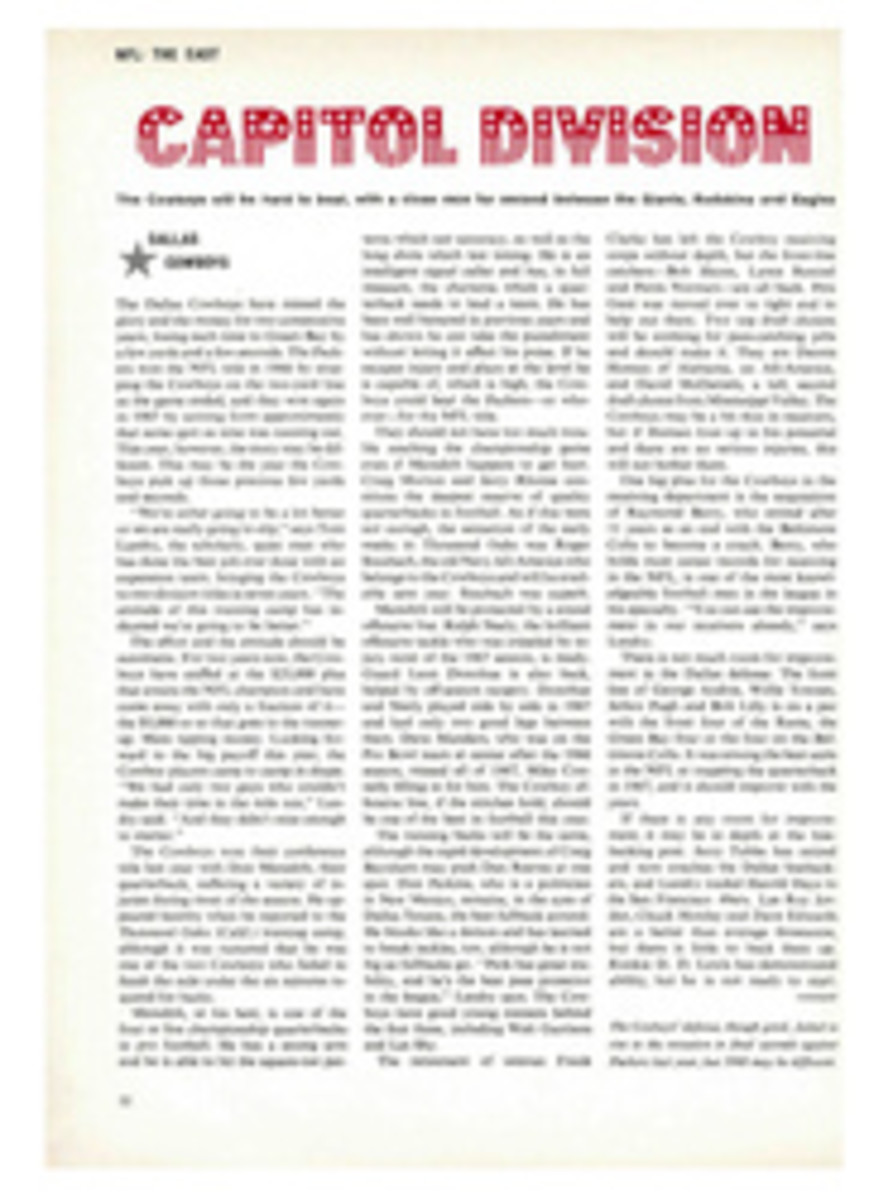
Some atomic scientists got together and went happily back to the bow and arrow
At a Los Alamos, N. Mex. brainstorming session one afternoon the atomic scientists decided that it would be stimulating to sharpen their theoretical tools on a topic old and simple, like the bow and arrow. "Man has been making these things for more than 300 centuries," they said, in effect, "and the bow still isn't storing and releasing as much energy as it could."
So, the physicists studied the materials used in modern bows (mainly thin strips of wood laminated with fiber glass) and concluded that the limbs of the bows were too thick at some points. At the same time, the mathematicians found the conventional curves were inefficient, and they plotted new ones. They combined their findings in a rough sketch and handed it to Harold Groves, a local toolmaker who made archery equipment as a hobby. Although skeptical, Groves sanded down one of his bows and tried it out. "Was I surprised! It had so much extra power that my first shot flew five feet above the bale," he said.
This started a happy give-and-take between theorists and designer (and later between customers and craftsman). Groves gave his bows away at first, but then when he was swamped with requests from archery fans, he quit his job and started manufacturing bows in Albuquerque.
Groves Archery Corp. began in a small warehouse, and in 1963 moved to a new plain with an indoor archery range. There, some of the better shooters try out his new bow models and have the fun of seeing their suggestions built into future designs.
Groves Archery, which sells mainly through archery professionals, offers 10 stock models (bows ranging in price from $170 to $22.95), but most have so many variations of length, draw weight, handle shape, ornamentation and other factors that each bow is actually a handcrafted made-to-order item.
His biggest custom order was a 300-pound bow needed by Sandia Laboratory. A 70-pound bow is regarded as a heavy one; Sandia's bow had to be cranked back with a boat winch. Scientists used it to fire a projectile repeatedly into a pit of sand in an earth-penetration study. It worked fine, said the project leader. The bow has more consistency and control than other propellants, he said, and that, of course, is what makes archery.
Groves makes from 300 to 500 bows a month and keeps on developing new ones. Now he is ready to sell a bow that can be divided into three parts, small enough for an airline suitcase, and readily reassembled without loss of drawing efficiency.

